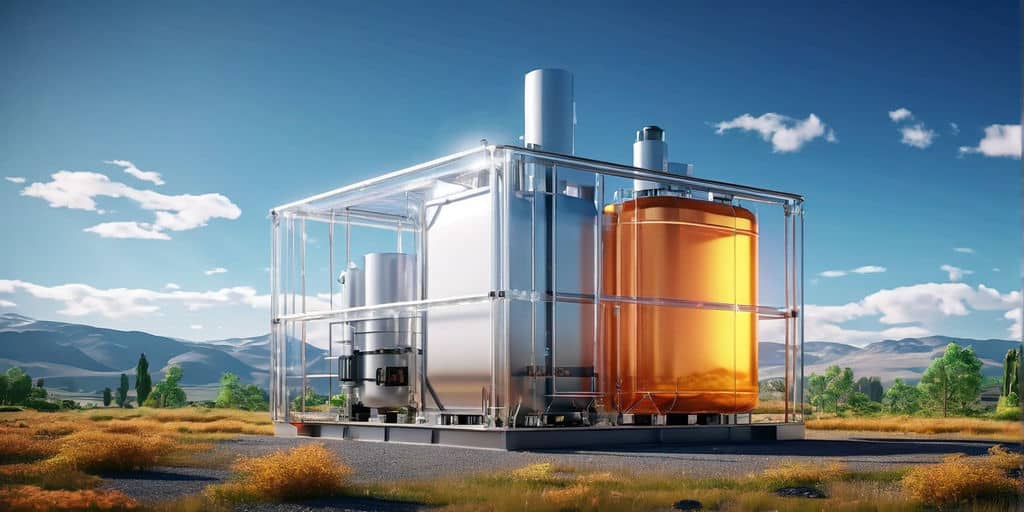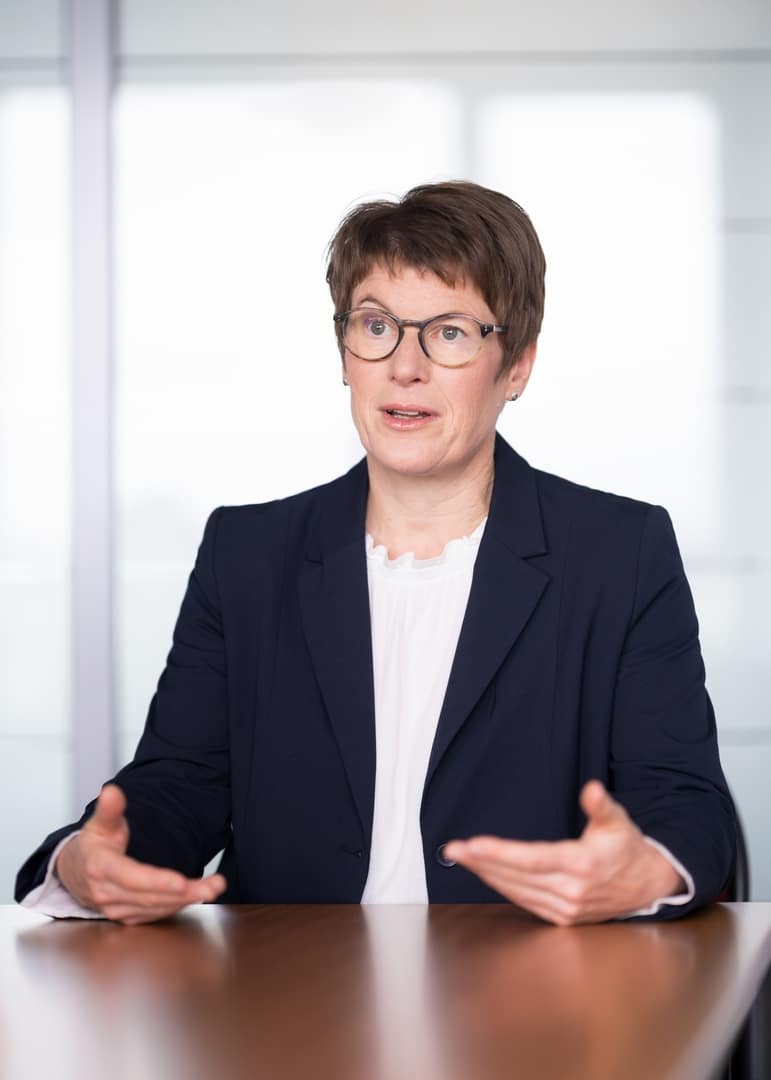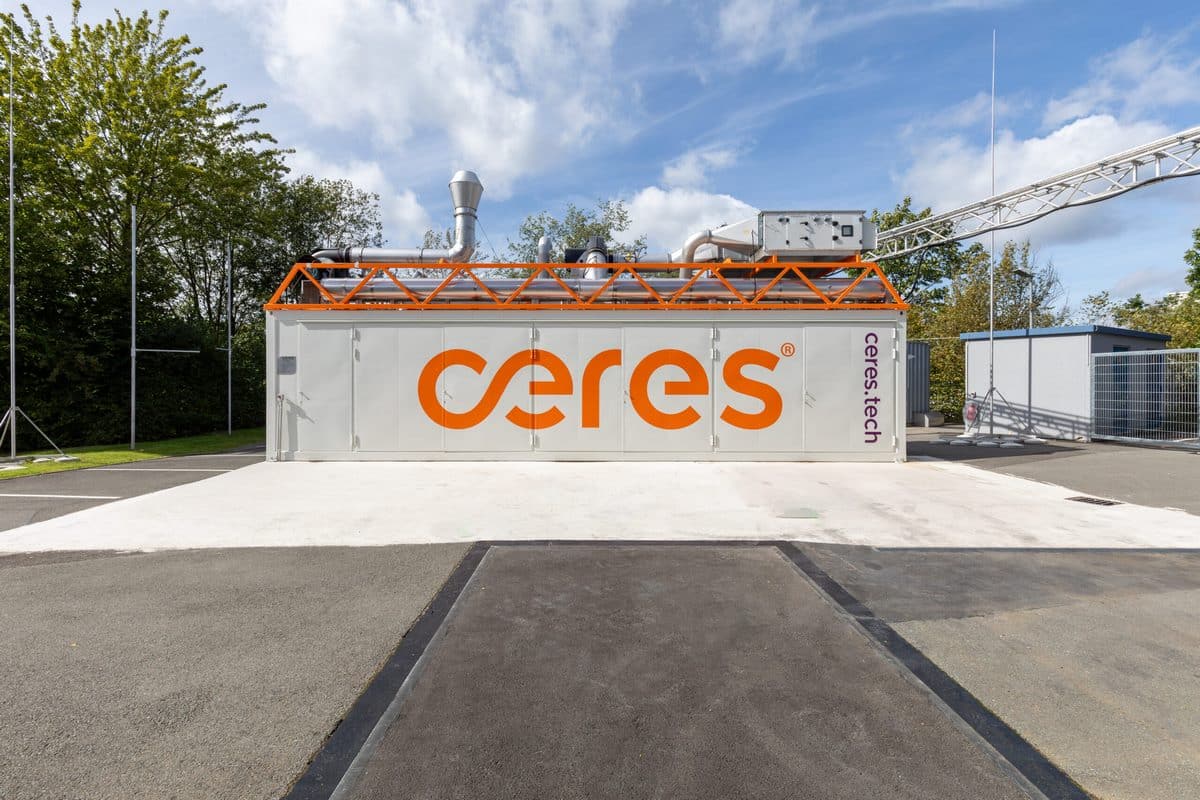Nearly every week in August, a new hydrogen station came online somewhere in Germany. The H2.Live map by H2 Mobility showed fueling pumps being added in Weiterstadt, Ratingen, Munich (on Verdistrasse) and Stuhr-Großmackenstedt at the Stuhr autobahn interchange near Bremen. There are five commercial hydrogen fueling stations up and running in the state of Hesse alone. The most recent addition was a pump at the SVG truck stop Lohfeldener Rüssel near Kassel, close to the autobahn-to-autobahn interchanges between the A7, A44 and A49. Thomas Zengerly, the chairman of the board at Deutsche Shell, said at the opening ceremony on Aug. 9, “We at Shell believe in the technology and want to set an early example.” However, he thinks countrywide deployment in transportation will not happen before the next decade.
In July, the first fueling site was started up in the region around Osnabrück, at the Hasbergen truck stop next to the A30. It began operation later than planned, but Total’s district manager, Marco Rohlmann, said that he was glad that “we’re finally kicking it off.”
On Sept. 7, the country’s transportation minister, Andreas Scheuer, attended the opening of a fueling station in Potsdam – the 50th in Germany according to H2 Mobility. On Sept. 18, at the same time as the f-cell show, the state of Saxony’s first hydrogen station was started up during the Energy Saxony Summit, which was held in the state’s capital, Dresden.
Meanwhile, two other stations are being built in the Rhineland region to supply power to the 40 fuel cell buses that Regionalverkehr Köln, Cologne’s mass transit company, is planning to operate starting in 2019. The aim of the Zero Emissions project is to build one station each at company offices in Meckenheim and Wermelskirchen. Eugen Puderbach, the chief executive of the public transportation business, said that “both fueling stations are important elements of our strategy to offer zero-emission public transportation in the Rheinisch-Bergische and Rhein-Sieg districts.”


























0 Comments